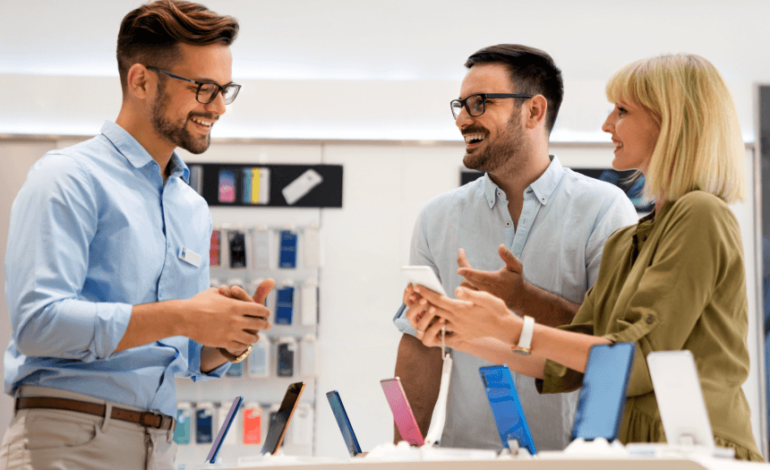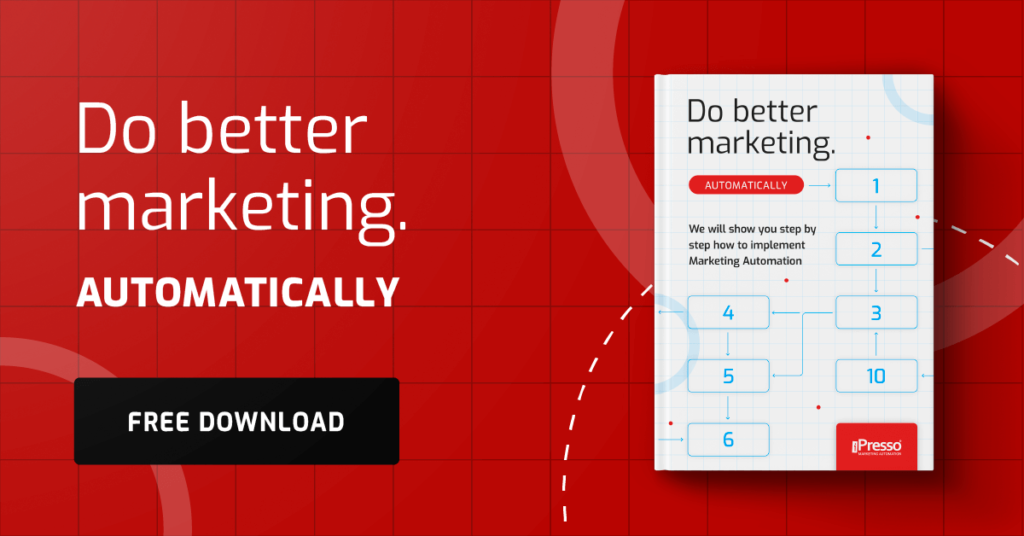Stop spamming, start talking. How to combine email, SMS and social media into one cohesive customer story

Omnichannel is an essential part of a marketing strategy for companies looking to build a consistent customer experience. Users move freely between different communication channels – from social media ads to email to shopping via SMS with a discount code. So, how do you create a consistent narrative that takes into account the user’s context and behavior at every touchpoint?
What is multichannel automation and why is it crucial?
Unlike traditional marketing, where each channel operated in isolation, Marketing Automation’s omnichannel approach combines all touch points into one seamless experience. This way, regardless of the communication channel chosen, the user receives a consistent message tailored to their preferences. Omnichannel changes the way customers view your brand – from a message provider to a partner that understands their needs and adapts to their communication preferences. In practice, this means that one abandoned shopping cart can trigger different scenarios – some customers will receive an email reminder, others will get an SMS with a discount code, and those who have downloaded an app may receive a mobile push notification.
Key communication channels in an omnichannel strategy
In an omnichannel strategy, several communication channels are key, which, when properly integrated, create a comprehensive customer experience.
Email marketing – the foundation of automation
Email remains one of the most effective marketing communication channels. Platforms such as iPresso allow you to create personalized e-mails in an intuitive drag&drop editor, using advanced Marketing Automation scenarios. Personalizing content based on user segmentation and behavior is key. This means that customers at different stages of the customer journey receive dedicated messages – new users a welcome series, and regular customers premium offers.
SMS – a direct channel with high effectiveness
SMS is one of the most effective ways to reach customers, with an almost 100% open rate within minutes of receipt. Due to their immediacy, SMS should be used at the right moments of the customer journey. They are ideal for urgent notifications, order confirmations, time-limited discount codes or reminders about abandoned shopping carts. The key here is to strike a balance between high efficiency and respect for customer privacy.
Push notifications – real-time communication
Push notifications allow users to be reached in real time, either through web browsers or mobile apps. They can be triggered based on user behavior and sent to specific target groups. Push notifications are a great way to remind users of deadlines, announce new features, retrieve abandoned shopping carts or send personalized offers. They are particularly effective for mobile apps, where they significantly increase retention rates.
Building a consistent customer experience
The cornerstone of successful omnichannel automation is having a complete customer profile that aggregates data from all touch points. This includes not only demographic data, but also purchase history, communication preferences, website activity or social media interactions. A unified customer profile allows you to personalize messages across all channels, avoid duplicate messages, optimize contact frequency and create triggered campaigns based on actual behavior.
The real power of multi-channel automation is revealed in scenarios that combine different channels into a logical communication sequence. An example would be when a user abandons a shopping cart on the site. Then, after an hour, he may receive an email reminding him about the products, after 24 hours an SMS with a 10% discount code, and after 48 hours a push notification with an offer of free delivery.
Think the hour of the email is a detail?
Imagine the rhythm of a customer’s day. Therein lies the key to effectiveness.
Morning. Your recipient sits down with his first coffee, plans his tasks and opens his mailbox. His mind is still fresh, his attention undistracted. This is a golden moment for action. Messages sent between 9-10 have the best chance of being not only opened, but also read with understanding.
Then comes the afternoon and the (natural) drop in productivity. That’s when we seek a moment of respite and either scroll through social media or the email inbox. So: between 1 and 3 pm, your message can be the perfect smart interlude. It’s no longer a morning ritual, but a curiosity that allows you to take your mind off things for a while.
But, there is a time when even the best campaigns die in silence. Between 8 p.m. and 6 a.m. – by then the email will be covered by dozens of other messages and (probably) never opened.
Emails are best sent in the afternoon, SMS in the evening, and push notifications should be activated in real time. Equally important is to limit the frequency, i.e. set limits on the number of messages sent to one user at a certain time.
Sources: Neocraft, Onet, MailGrow.
Personalization in a multi-channel context
Personalization in a multi-channel context relies on dynamic segmentation and contextual triggers to deliver precisely tailored messages. Contextual marketing also requires intelligent segmentation, based not only on demographics, but also on behavior, communication preferences and customer journey stage. Examples of multichannel segments include customers who prefer email and WhatsApp communication, mobile users who are active in the app (SMS and push), or premium customers. If a customer frequently views specific products on the site, he or she may receive a personalized newsletter about news in that category.
Measuring effectiveness and optimizing
The effectiveness of multichannel automation should be measured holistically, taking into account all channels simultaneously. Key metrics include: cross-channel conversion rate (the percentage of users who convert after being contacted through different channels), customer lifetime value, the contribution of each channel to the final conversion, and time to conversion, i.e. how automation affects the shortening of the purchase path.
Summary
Today’s marketing focuses on the attention of the customer, who moves seamlessly between different communication channels. Creating a consistent experience requires a strategic approach that combines email, SMS, push notifications and social media into one seamless journey. The key to success is understanding that it’s not about using all channels at once, but about using them intelligently at the right times and in the right context. Personalization, proper timing and continuous optimization are the foundations of a successful omnichannel strategy.
Remember that omnichannel automation is a process, not a one-time implementation. Start with simple scenarios, systematically add new channels and always put the customer experience at the center of your efforts. Fill out the brief and let us help you create a consistent customer experience that will increase sales and engagement.



